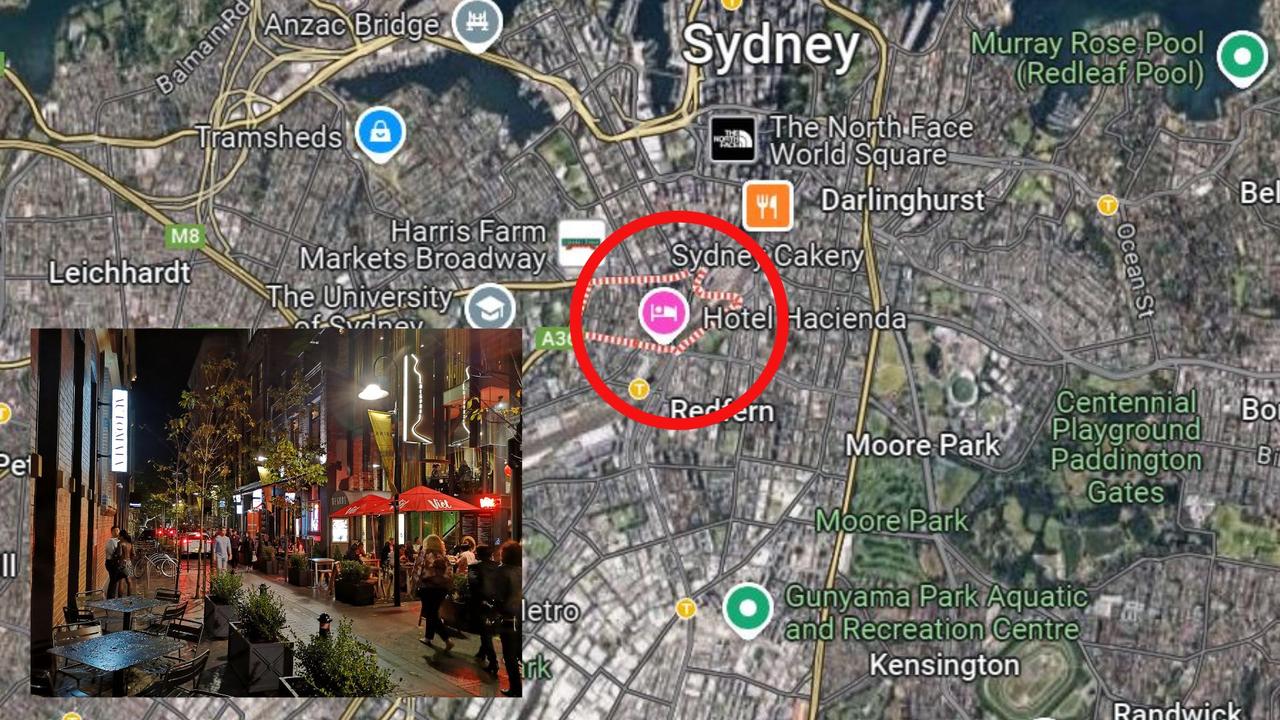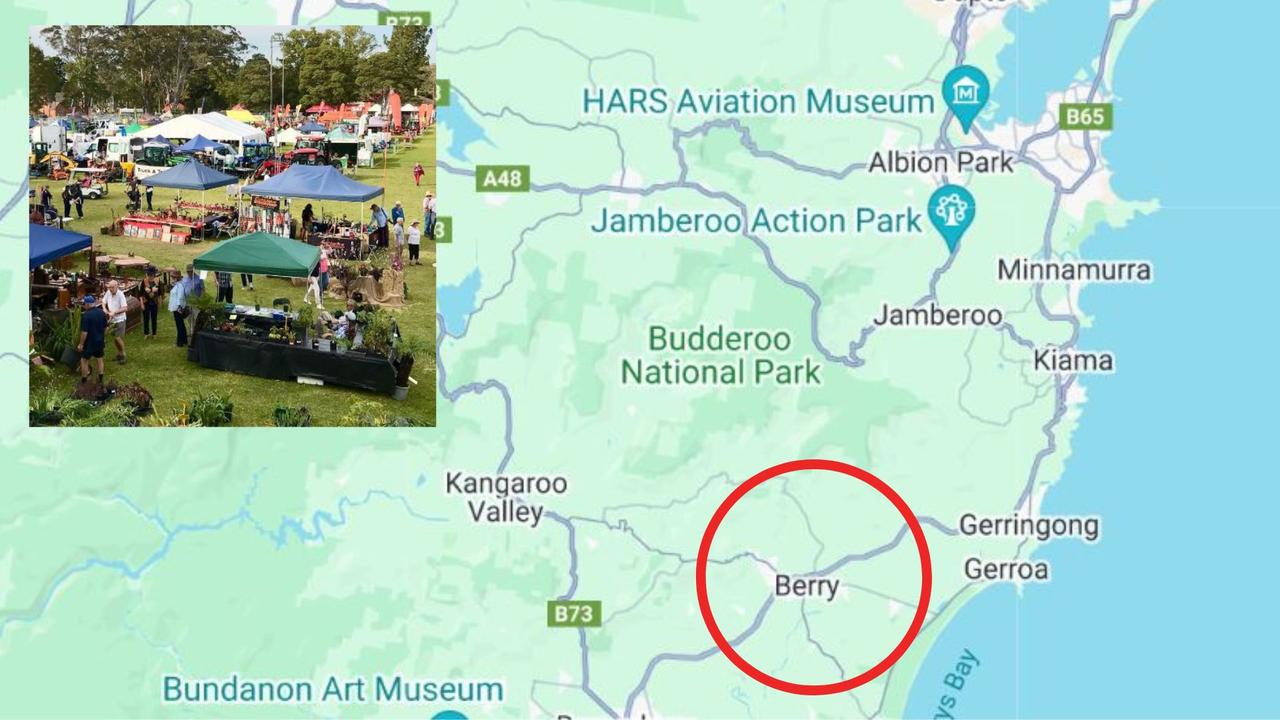Tourism boom on the other side of Everest
On one edge of Everest, Chinese tourists have never been so close to the “roof of the world”. This is a glimpse at this side of the mountain.
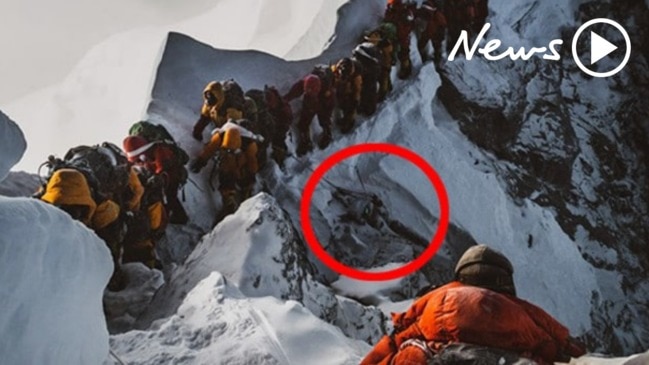
On the northern edge of Everest, Chinese tourists have never been so close to the “roof of the world”. Tibet has just gained its first 435 kilometres of bullet train track.
The capital of Lhasa and the city of Nyingchi in the Chinese “Special Administrative Region” of Tibet are now connected to high-speed rail travel. As of June 25, the track was connected to the main arteries of China’s high-speed network, meaning the old home of the Dalai Lamas is a train ride away from any of the 31 Chinese provinces.
The construction of this final 400km of track was no easy task. The six-year project involved 120 bridges, almost 50 tunnels and was all above the altitude of 3000 metres.
The $8bn project was an exercise in determination. There is little in the way of exports from the mountainous region, apart from tourism. However, the cost is largely justified, not only by bringing visitors to the remote region more quickly, but bringing Tibet closer to Beijing and central China.
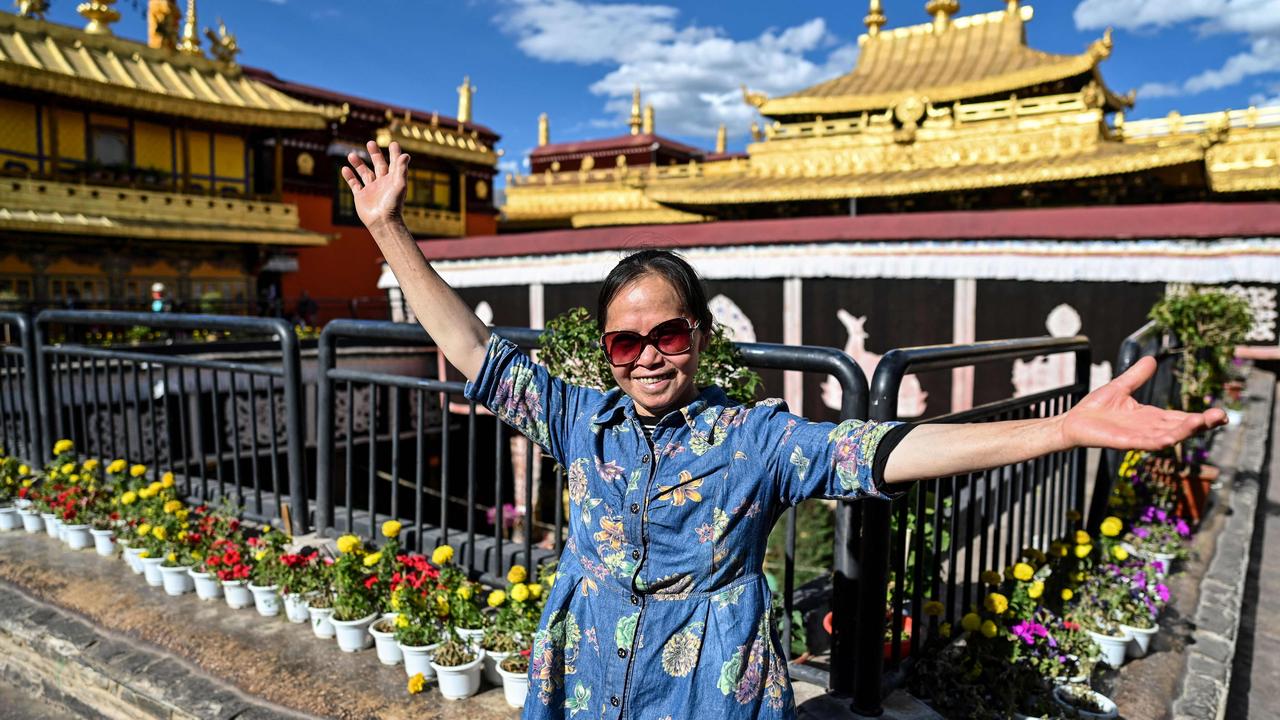
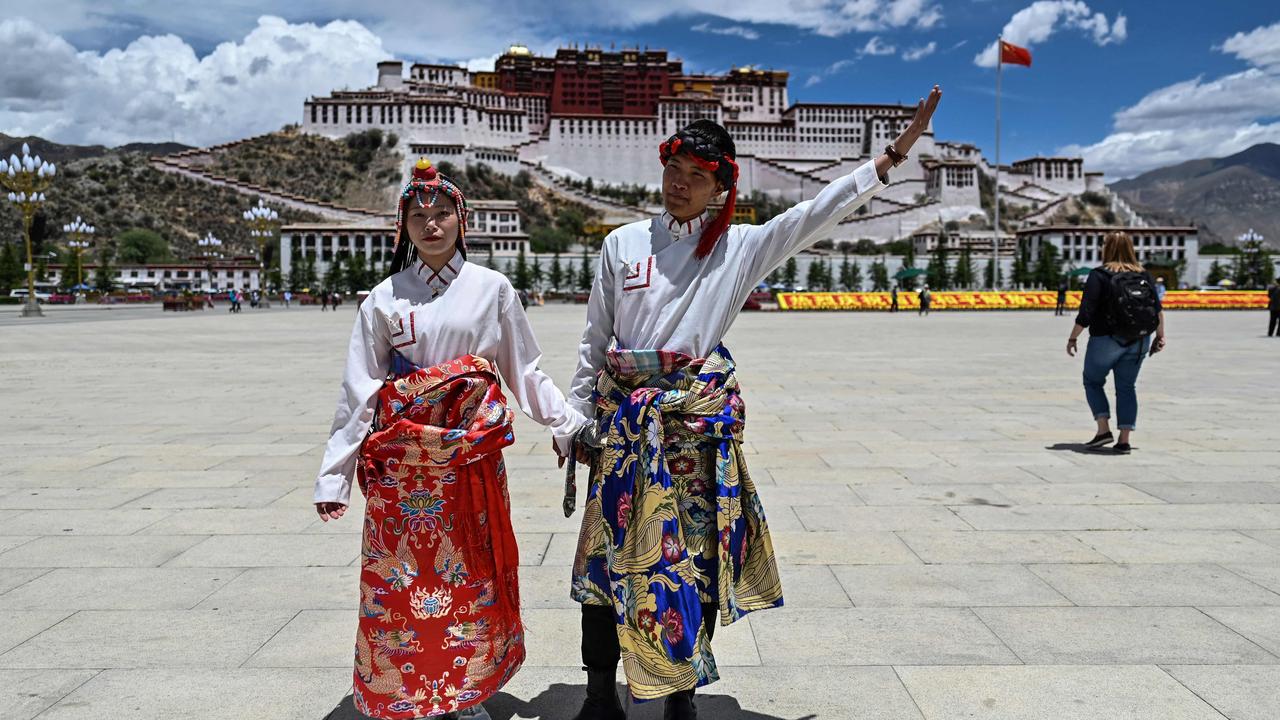
“The building of these new railways forms part of Xi Jinping’s grand plan of ‘integrating the vast national market’,” Olivia Cheung of the China Institute of SOAS, told CNN.
However, this 400 km-an-hour tool of “social cohesion” and influence is also a very convenient way to reach previously exotic locations. One which tourists will be quick to jump on.
Tibet’s new tourism boom
Tourism is booming in Tibet as more Chinese travel in-country because of the coronavirus pandemic, posing risks to the region’s fragile environment and historic sites.
The number of visitors is limited to 5000 per day at the Potala Palace, the former home of the Dalai Lamas. Balancing tourist demand with the need to minimise wear and tear on the massive hillside structure is a constant challenge, said Gonggar Tashi, the head administrator.
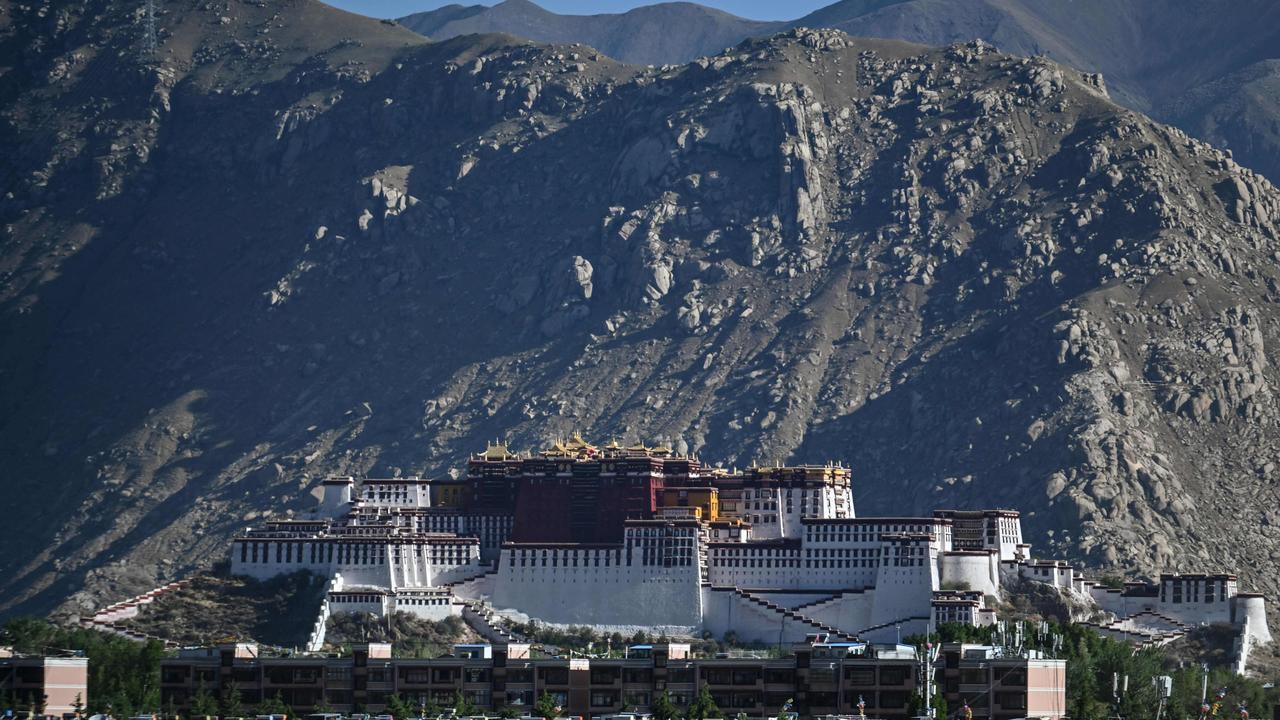
“The biggest challenge for us is the contradiction between the protection and usage of the cultural relics,” Tashi told journalists in Lhasa, the Tibetan capital.
He spoke during a government-organised tour that gave foreign journalists rare access to Tibet, but under the watchful eye of officials who set the agenda.
The growing numbers of tourists appear unconcerned by political controversies long circling Tibet. China’s communist forces entered the region in 1951, and the Dalai Lama, Tibet’s traditional spiritual and political leader, fled to India during an abortive uprising against Chinese rule in 1959.
Millions of visitors come to Tibet every year, and 2020 saw a 12.6 per cent increase from the previous year, said Ge Lei, deputy director of the China Tourism Marketing Association. He expects the amount of visitors to roughly double by 2026.

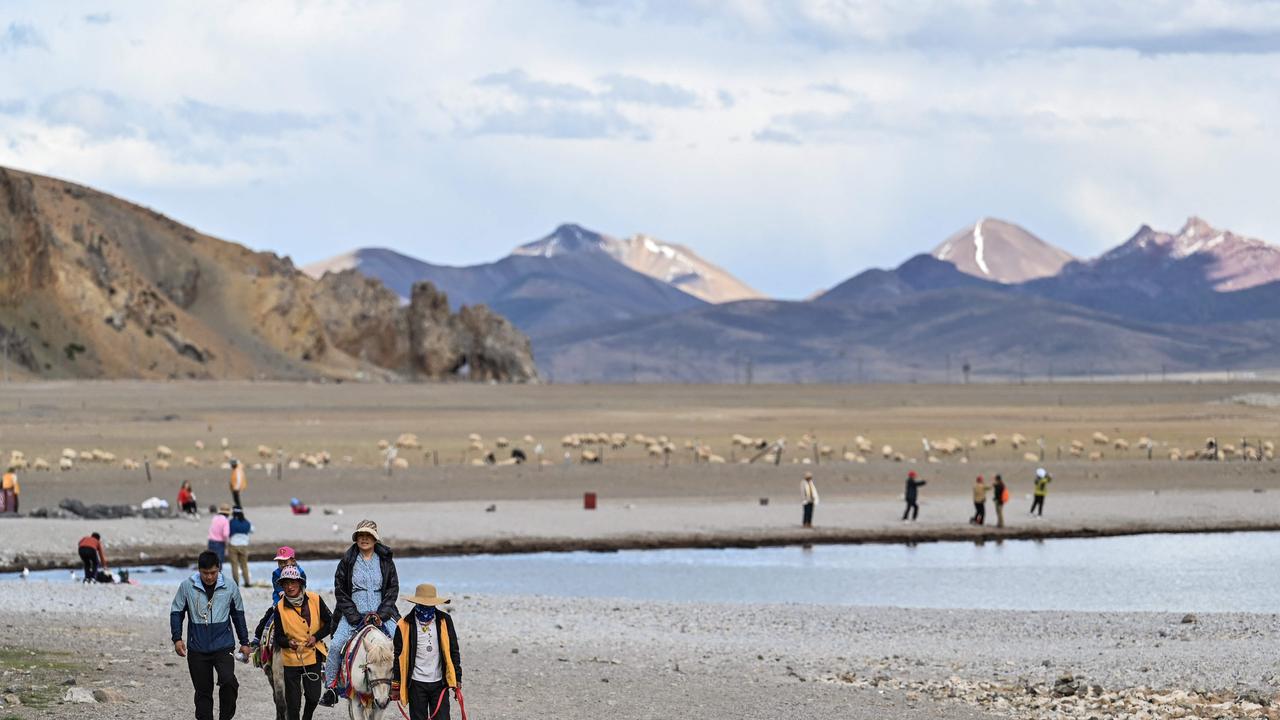
The glut of visitors, far exceeding Tibet’s population of 3.5 million people, means caution is necessary to protect the environment and culture, he said.
Tourists are drawn to the “mystique and myth of Tibet as a remote snowbound land,” said Travis Klingberg, a cultural geographer at NYU Shanghai. “But Tibet has become a place of beautiful natural landscapes meaningful to the Chinese nation.”
Tibet has shifted its focus from international to domestic visitors as China’s middle class has grown, said Emily Yeh, a professor of geography at the University of Colorado Boulder.
Tibetans have at times complained about Chinese tourists disrespecting cultural traditions, including stepping on prayer flags, she said.
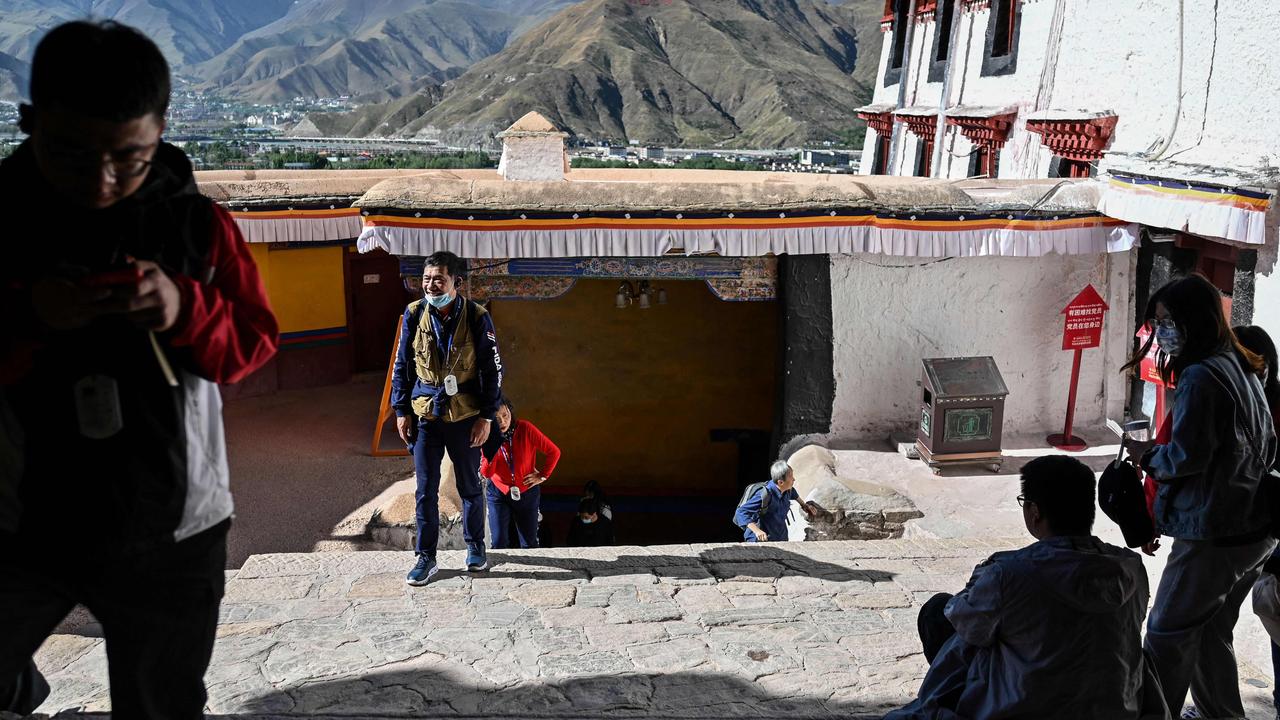
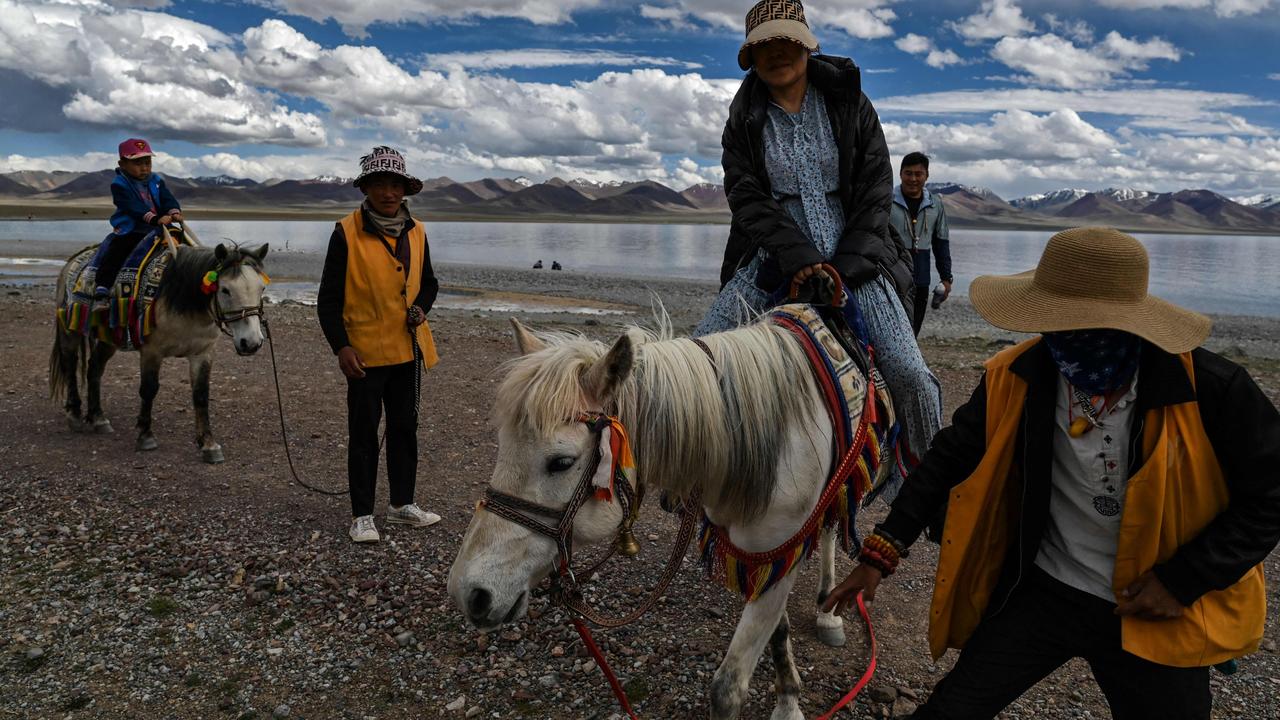
The tourism sector reinforces government propaganda, Yeh said. The ruling Communist Party says it liberated hundreds of thousands of serfs when it overthrew the theocracy in 1951 and has since brought economic development to the high plateau that borders the Himalayas.
“Rewriting of history is very much a part of the tourism landscape,” Yeh said.
Among the most popular natural sites is Namtso Lake, ringed by snow-capped peaks and Buddhist shrines, with yak herds and migrating birds on the horizon. Further development of the site must be done carefully to avoid damaging what makes it attractive, Ge said.
“It will be hard to protect the ecology and culture of Tibet … if we don’t have a long-term plan,” he said.
“So it is very important to establish a set of values and rules of behaviour for travel in Tibet while building the facilities.”
This article originally appeared on the New Zealand Herald and has been republished with permission


